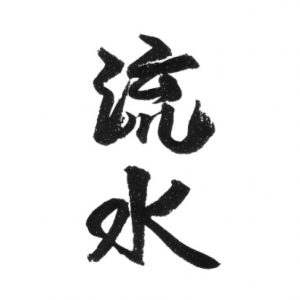
Great class on Tuesday night! Continuing our focus on bikenjutsu we spent some time exploring two training methods, which early on in one’s training can look very different from one another. The first is the method of following kata, which trains one’s body in fundamental movements that may not feel natural, graceful, or even effective when one is first practicing them. But over time the body comes to understand these movements and they then add naturally to one’s ability. However it is important to not be “stuck” in the kata, and instead to have free and natural movement. So the second is the method of free training (leading to ran dori), where the goal is to achieve a certain outcome without being bound to the kata. In this method one practices what they can personally do best at this point in time to achieve the goal (e.g., in bikenjutsu the goal may be to create an opening and land a clean cut from a particular kamae). The outcome is what’s important, but how one moves one’s feet or which side one enters from, etc., are not defined. Both methods help progress learning and should be used, but one should always be clear about which method is being trained so that unrealistic or sloppy movement is not excused as just being part of the other paradigm’s method. As training progresses and fundamental movements from the kata become more ingrained and natural, these two practices converge.

